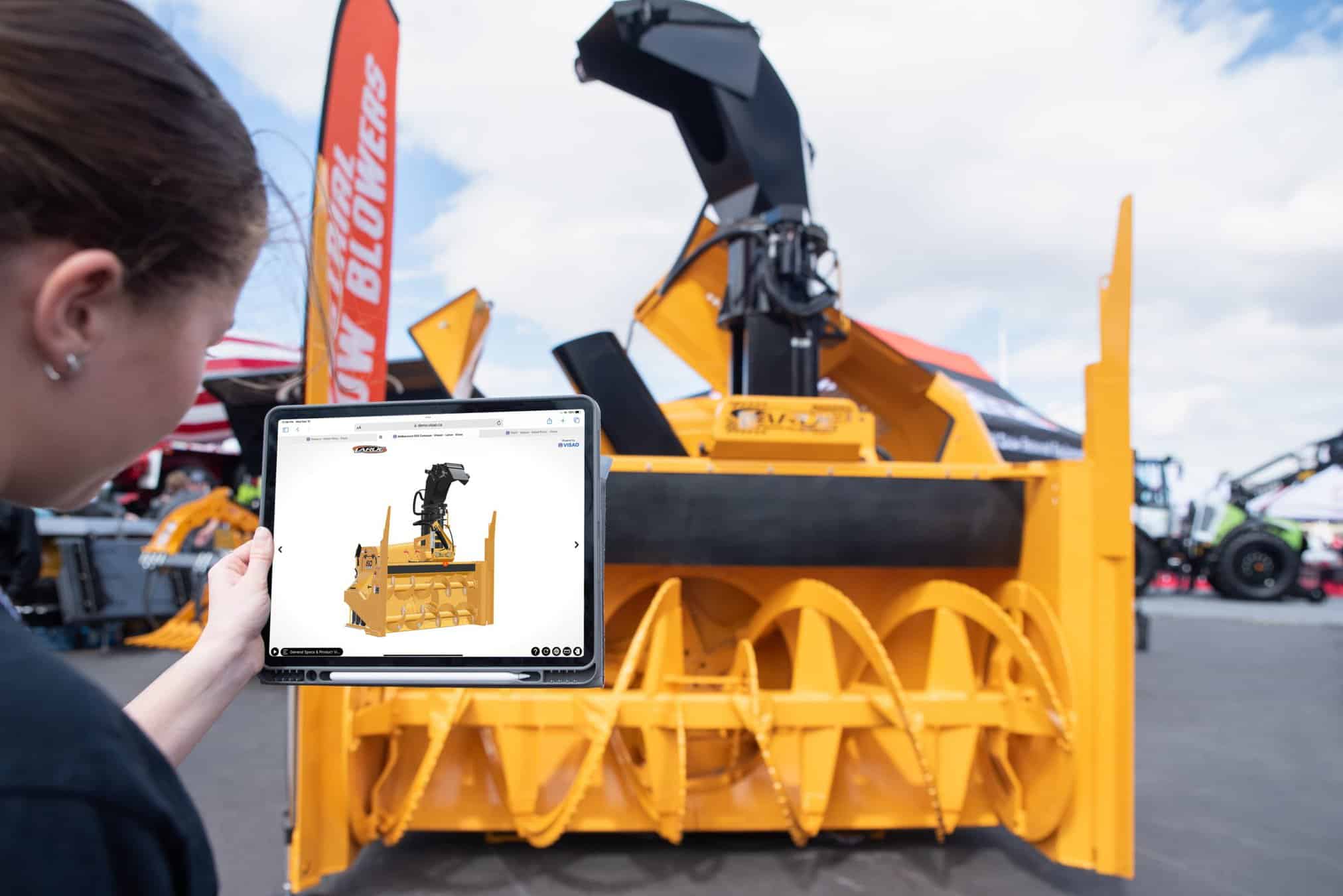The surge of e-commerce has been nothing short of extraordinary success, and projections suggest that it will represent a staggering quarter of global retail by 2024, as per data reported by GroupM. With such rapid growth, businesses are continuously seeking ways to enhance the online shopping experience and deliver more for their customers.
This is where 360-degree product views step into the spotlight. Studies have unequivocally shown that 95% of customers strongly prefer 3D interactive visual product configuration solutions and product visualization solutions over other formats such as pictures and videos.
This fascinating statistic underscores the tremendous impact that 360-degree product views can have on engaging potential buyers and more customers.
Delving into the realm of 360 product visualization, we will uncover the various types of 360-degree views available to businesses, and how they revolutionize the way customers interact with products in the virtual space.
Understanding 360 Degree Product View
This technology transforms products into captivating virtual assets, giving customers a closer look at the most important details.
Customers can freely rotate, zoom in, and explore products from any desired angle with a click or a swipe. Whether it’s a sleek gadget’s backside or the intricate design of a dress, this immersive experience offers shoppers unparalleled convenience and fosters a strong emotional connection, crucial in the purchase decision-making process.
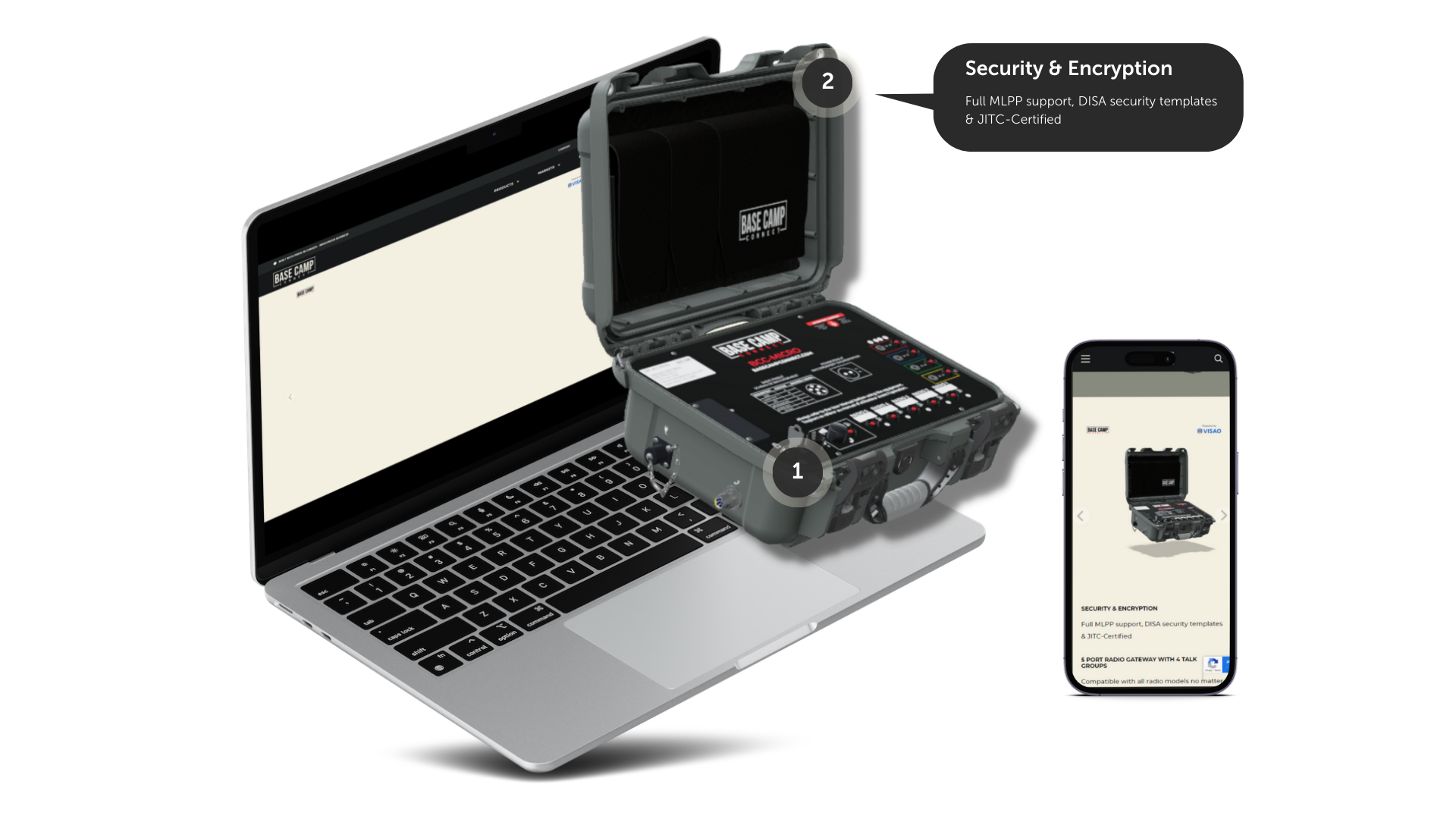
Studies have revealed that the addition of 3D visualizations achieves a remarkable 94% conversion lift, surpassing video-only marketing options that result in a 60% increase in conversion rates.
This heightened engagement results in enhanced customer satisfaction, reduced returns, and strengthened brand loyalty.
Moreover, studies show that products showcased with 360-degree views receive increased customer interest and experience a lower likelihood of cart abandonment.
The proven impact and success of this engaging and interactive approach drives businesses to embrace 360-degree product views and reshape the future of online shopping.
Exploring Different Types of 360-Degree Product Views
360 Degree Product Photography
360 Degree Product Photography serves as the entry point into the world of immersive product views. It involves capturing a sequence of images of the product from multiple angles and presenting them as a product viewer with a rotating view, allowing customers to view the item from all sides.
While this approach offers shoppers a more dynamic experience than static images, it comes with limitations.

Pros of using this type of 360-degree view
Customers can interact with a complete picture of the product, which can boost their interest and time spent on the page. It also provides a more realistic representation of the product compared to static images, giving customers the benefit of a full image and better idea of its features.
Cons of using this type of 360-degree view
Implementing 360 Degree Product Photography requires specialized equipment and professional photography skills, making it a costly investment for some companies and businesses.
Moreover, while customers can rotate the product, they cannot zoom in on specific elements or see different parts up close, limiting their ability to inspect finer details.
Interactive 360-degree Spin
An interactive 360-degree spin involves uploading a CAD file of your product to specialized software. The software then renders your 3D product model as a series of JPG or PNG images, capturing it from various perspectives.
These images are combined to create a smooth, rotating view that your clients and customers can control with a simple click or swipe.
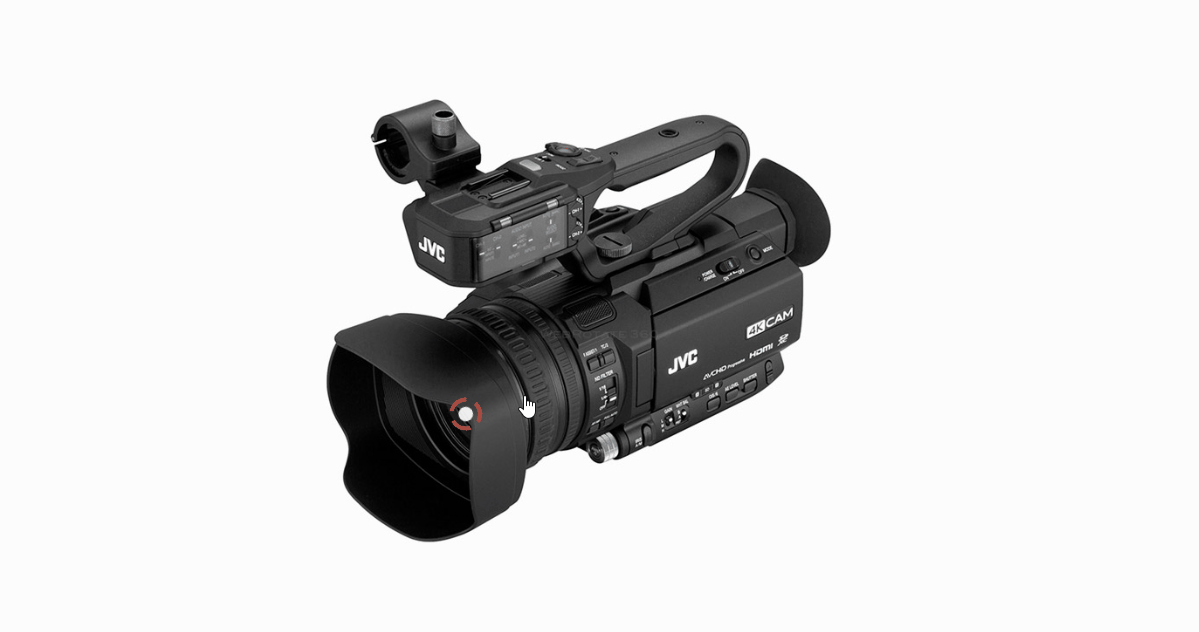
Fully Interactive 360 Degree 3D Models
Unlike other methods that rely on renders, this approach utilizes GLB files generated from CAD designs, allowing businesses to create highly detailed and lifelike interactive 3D models of their products.
Among the various 360-degree views, this option stands out as the pinnacle of immersive product visualization for e-commerce.
Research conducted by Cappasity sheds light on the significance of 3D viewers, with a staggering 82% of visitors opting to view a product in 3D.
Even more impressively, 34% of these users interact with the 3D views for more than 30 seconds, a clear indicator of the captivating allure and value that interactive spins hold for consumers.
Check it out just below!
Allowing them to inspect the product from all angles removes doubts and uncertainties, resulting in heightened confidence during purchase.
The intuitive control of the 3D product viewer enhances the overall user experience.
Customers enjoy a smooth and dynamic interaction, elevating their satisfaction and making the next part of the shopping journey more enjoyable.
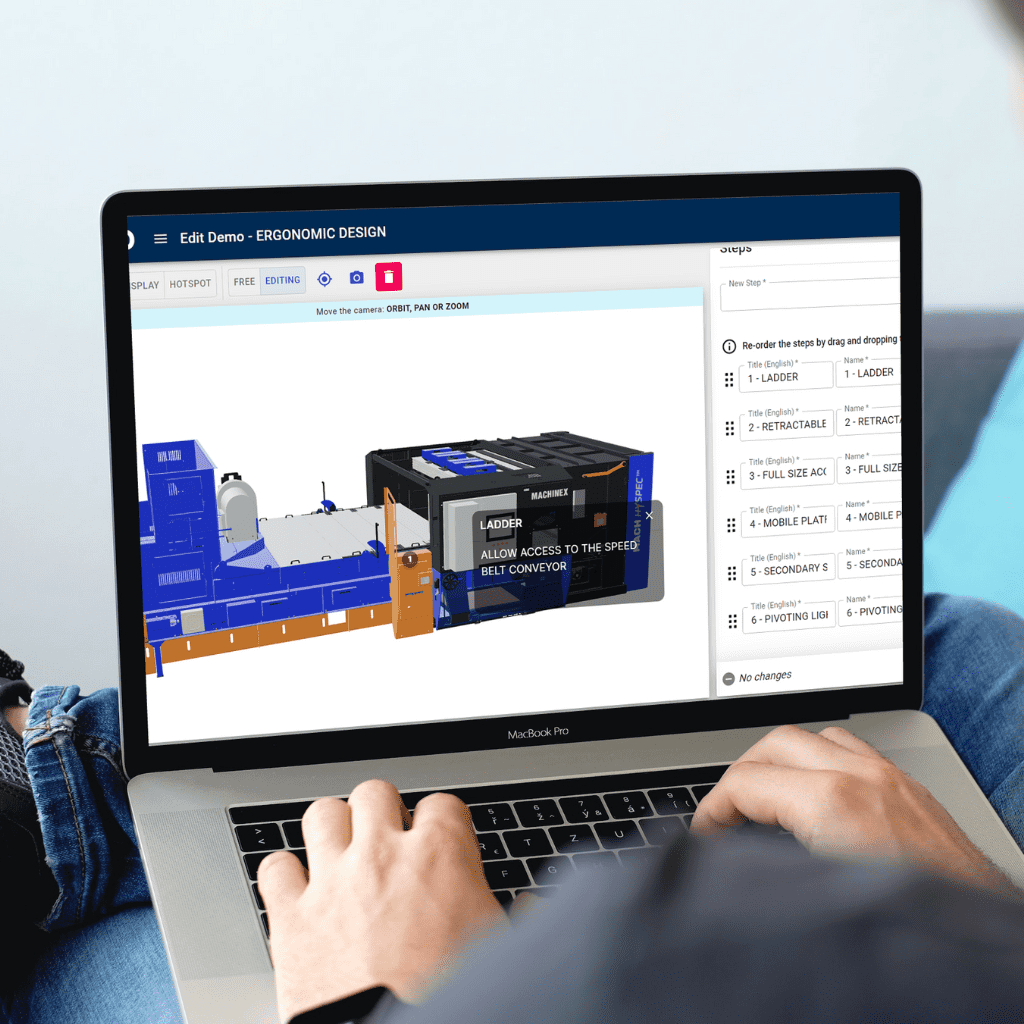
Curious about using our platform?
Discover the ease of creating 3D viewers with Visao’s online platform! Our new whitepaper proves just how easy it is – even for employees with no 3D experience. Don’t just take our word for it, see for yourself!
Advantages of fully interactive 3D models
Lifelike Representation
With hyper-realistic 3D models, customers can examine products as if they were right in front of their eyes.
The level of detail and realism brings products to life, enabling customers to confidently make informed decisions and attract more customers.
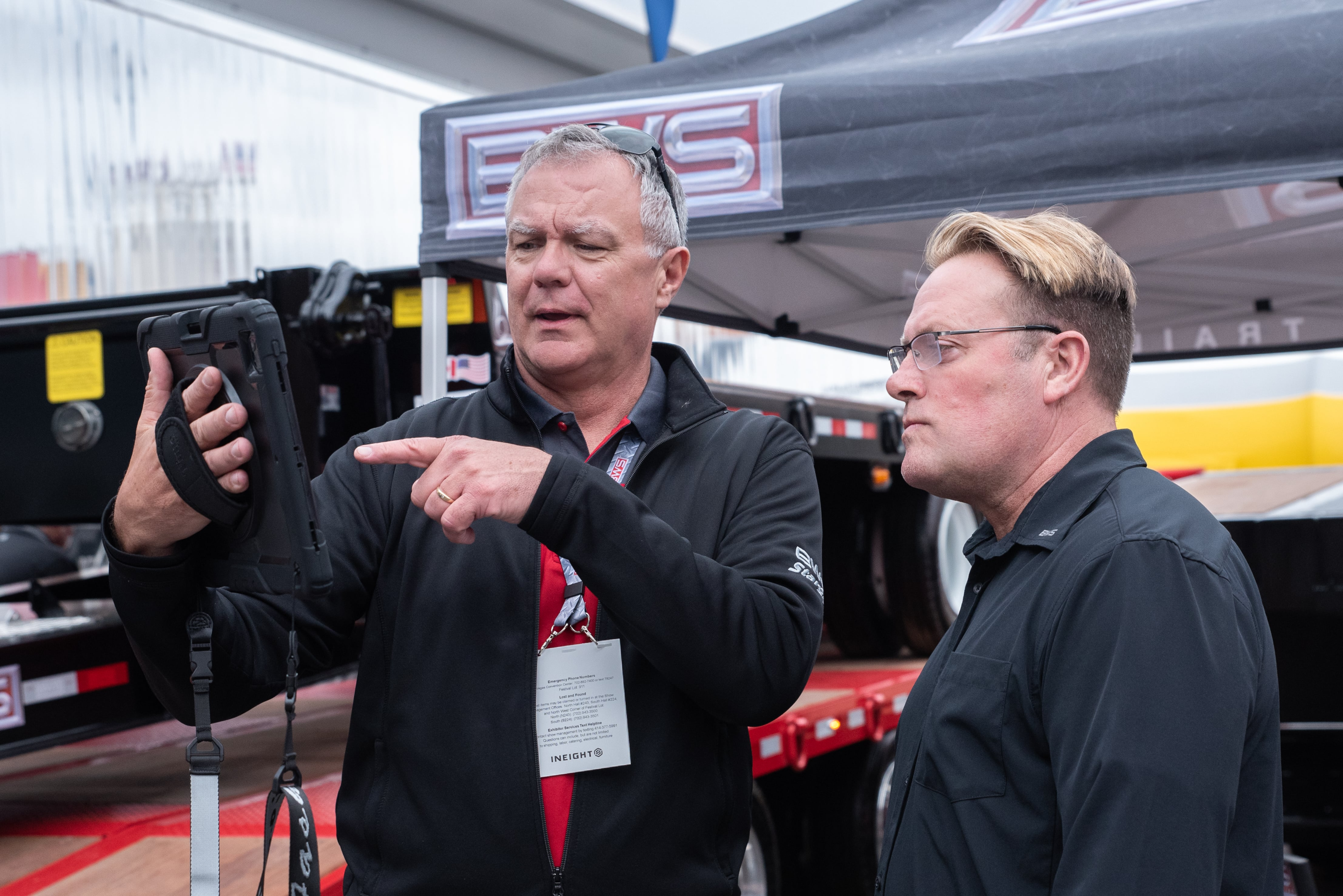
Enhanced Interactivity For Accelerated Customer Journey
Empowering customers with control, they can zoom in on minute details, rotate products 360 degrees, and view them from various angles.
It’s like holding the product in their hands, offering unparalleled interactivity.
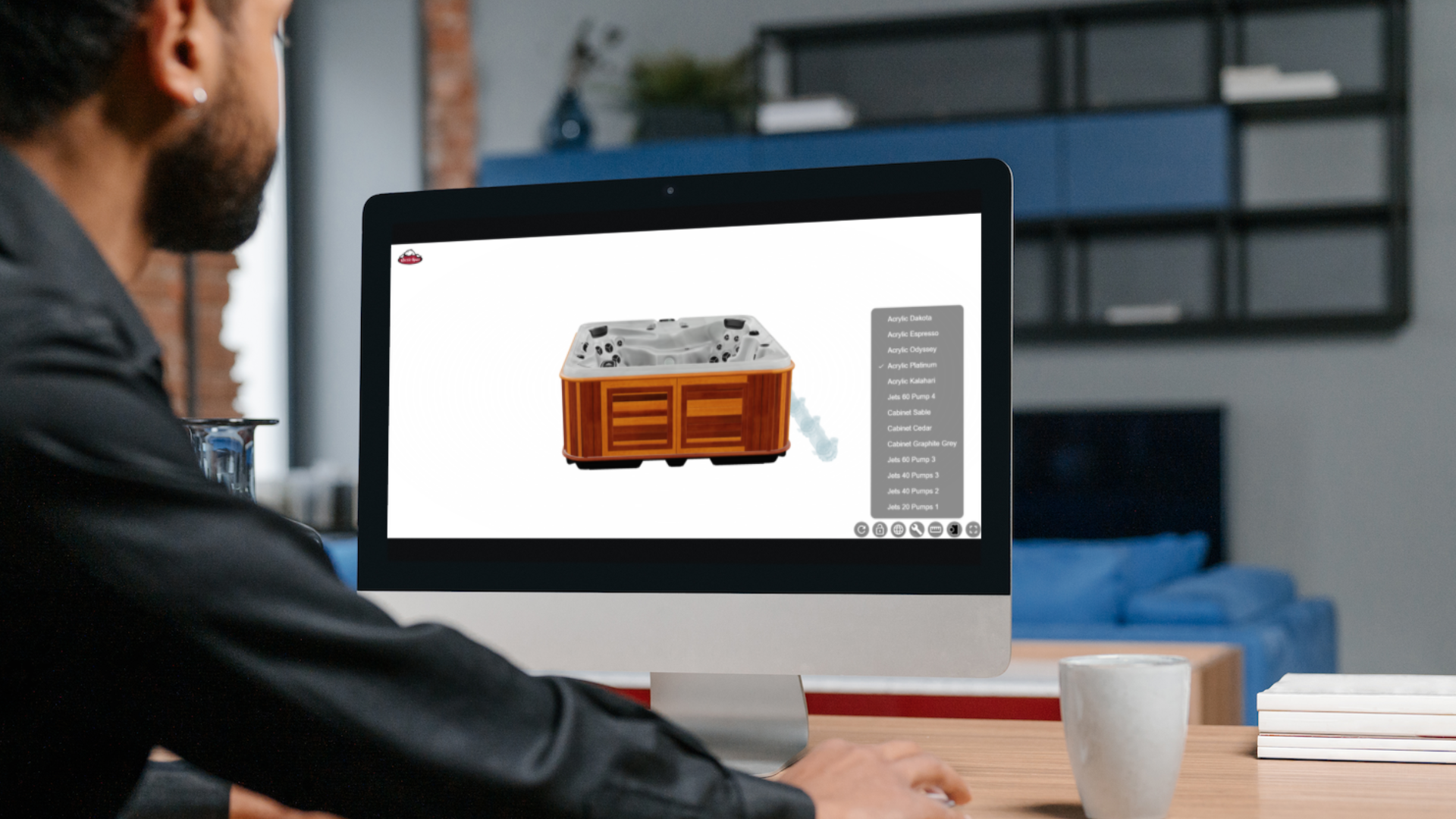
Showcasing Product Features
These advanced 3D models go beyond static images. Businesses can demonstrate a product tour, product animations, showcasing the product viewer unique features and functionalities.
Customers gain a comprehensive understanding of what the product has to offer.
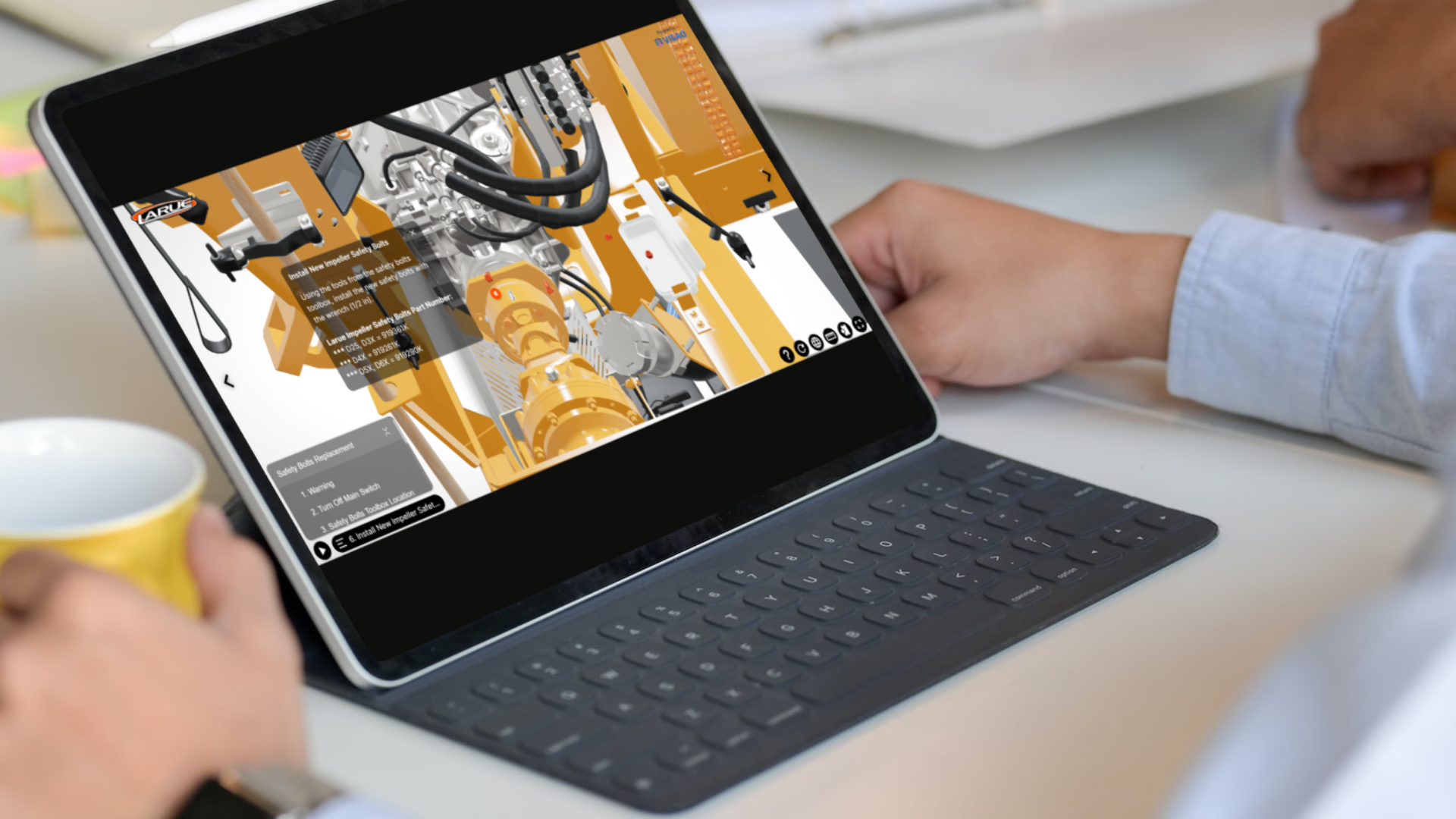
Overcoming Technical Challenges
Addressing loading times and performance
When integrating 360-degree views into your online store, one concern is the potential impact on website loading times and overall performance. To tackle this challenge, consider implementing a “lazy load” feature for the 360-degree view.

Source: WebDev
This smart technique ensures that the web view loads only when clicked or viewed by the customer. By deferring the loading of the interactive web content until it is necessary, you optimize and maintain your website’s performance, preventing unnecessary slowdowns and delays.
For more details, read this article all about the impact on iFrames on SEO.
Optimization of the data
When it comes to 3D product models, it’s essential to strike the right balance between quality and loading speed.
A good practice for achieving this is to create a lightweight “shell model” of the original CAD file (if using 360 degree rotation or a 3D product viewer).
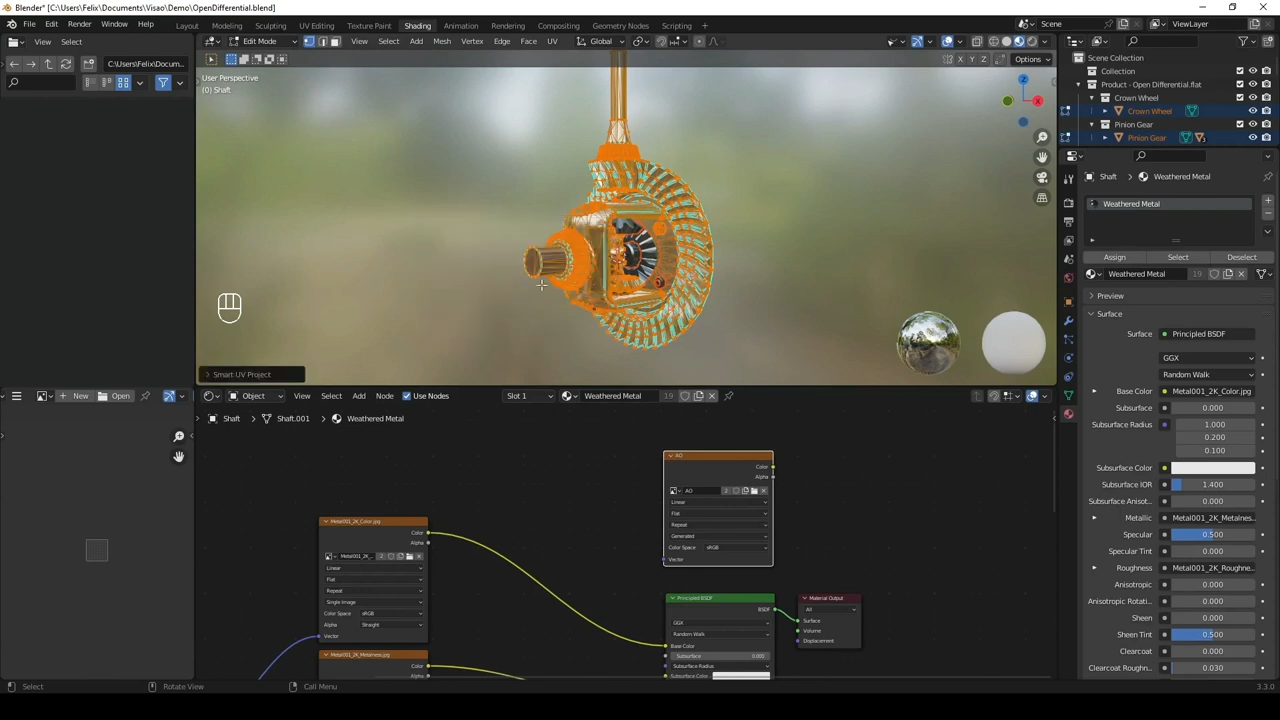
In doing so, you remove any unnecessary components or details that have no significant impact on the customer experience.
This optimization significantly reduces file size, resulting in faster loading times without compromising the overall quality of the 360-degree view.
Implementing 360 Degree Product Views in E-commerce
1. Choose the Right Viewing Method: Begin by selecting the type of 360-degree view that best suits your products and target audience. Whether you opt for interactive 360 Degree Spins or fully interactive 360 degree 3D models, consider your resources and what will showcase your products most effectively.
2. Select Suitable Tools or Software: Explore the various plugins or iFrame technology available to embed 360-degree views into your ecommerce websites. Look for options aligning with your e-commerce platform and simplify the integration process. Generally, embedding a 3D prout view is as easy as embedding a Youtube video!
3. Prepare Your Product Assets: Ensure you have high-quality images or 3D models of your products. Having well-prepared assets is crucial for converting them into captivating 360-degree formats.
4. Convert Assets into 360-degree Views: Utilize the chosen tools or software to transform your product assets into interactive 360-degree views. This step brings your products to life, allowing customers to explore them from every angle.
5. Embed on Your Website: Seamlessly integrate the 360-degree views into your product pages.
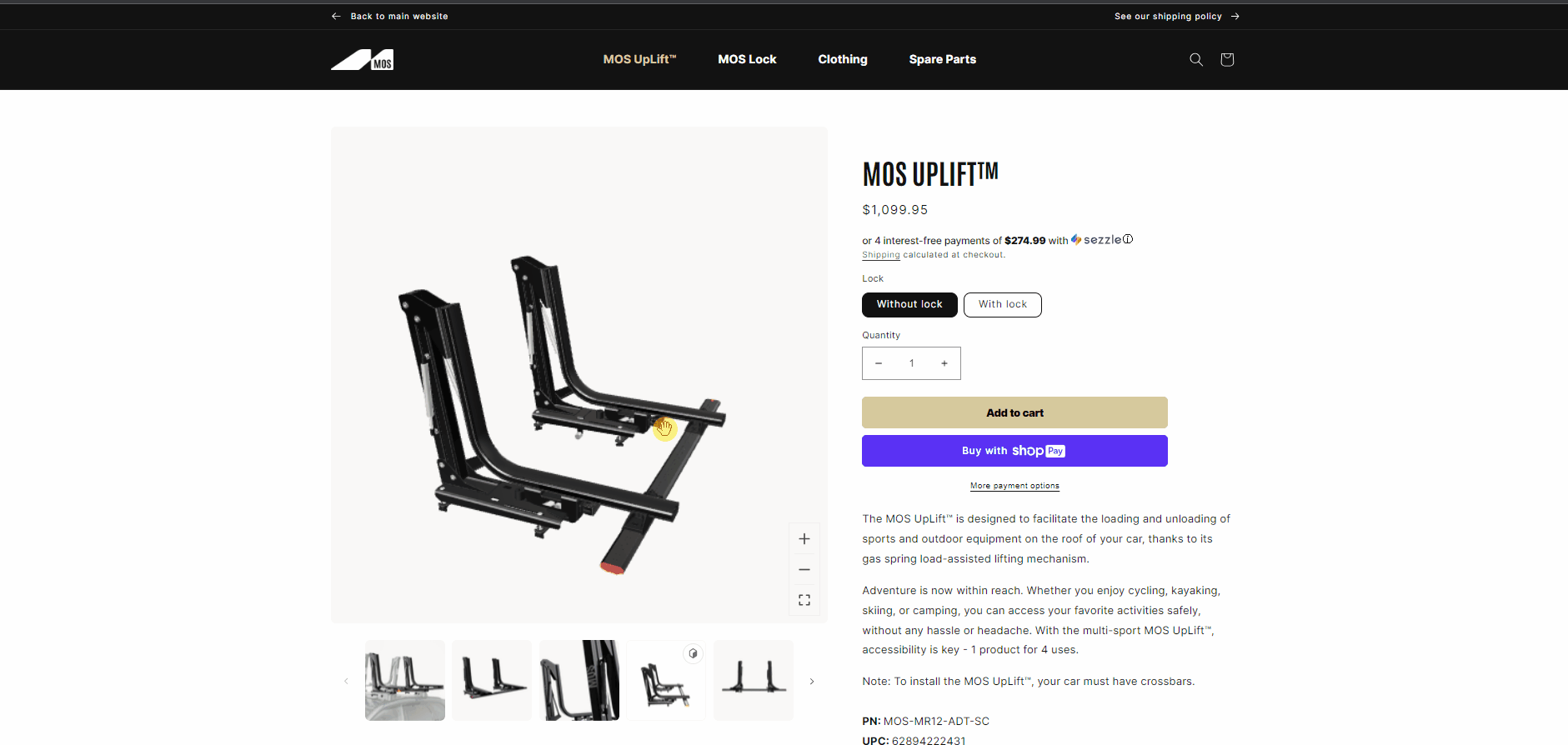
Recommended tools and software for creating different types of 360-degree product views for ecommerce platform
When it comes to creating top-notch 360-degree product views, using the right tools is essential. Consider the following recommended options:
Visao
For businesses seeking platforms to offer 3D product viewers and 3D related services, Visao is a standout choice. It enables the creation of fully interactive 360-degree 3D models, providing lifelike and immersive experiences for your customers. Let’s chat about your business needs today.
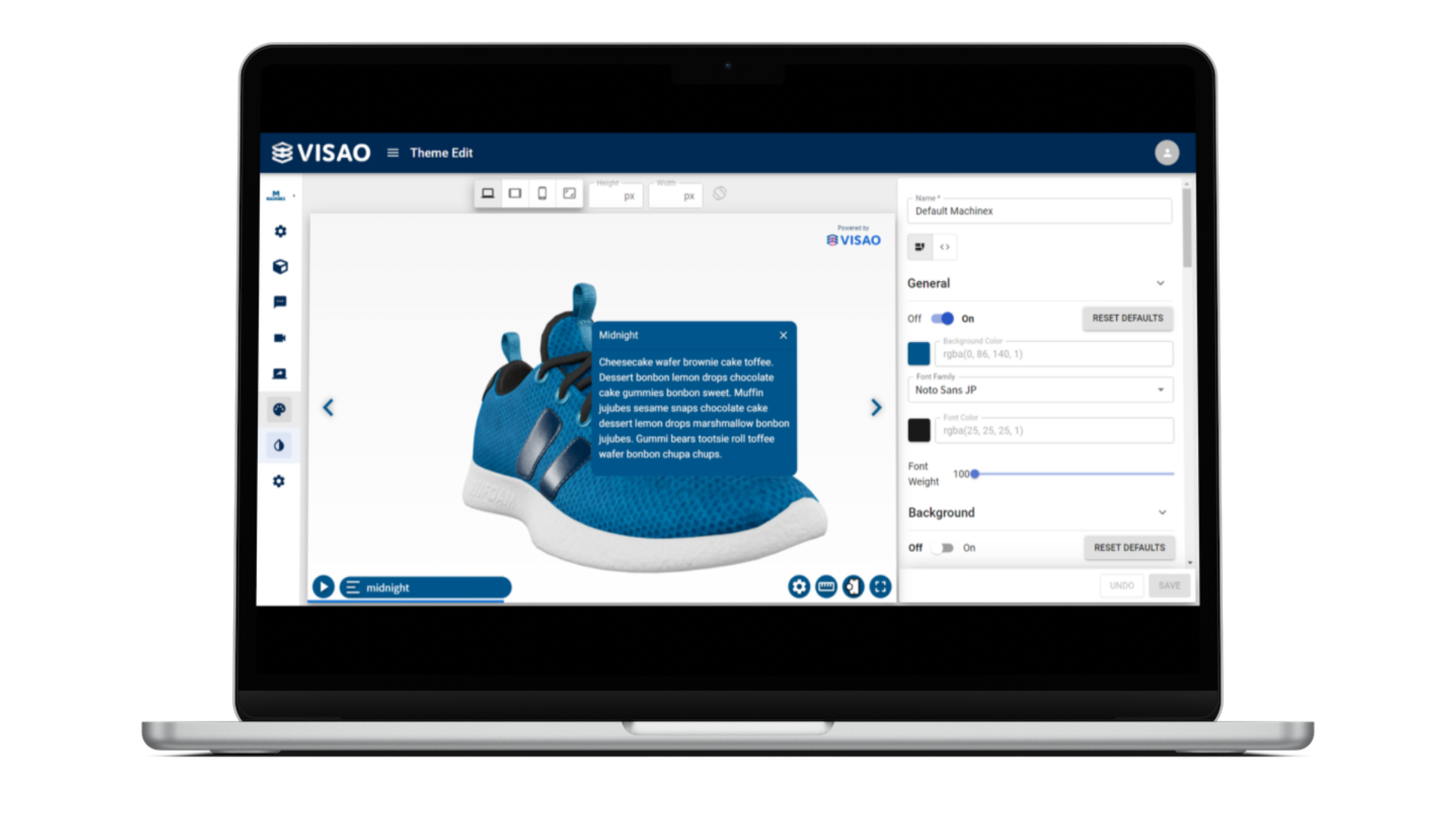
Other 360-degree Plugins
Various plugins are available for 360-degree interactive spins, catering to different E-commerce platforms and specific needs. Explore these options on your ecommerce store or platform to find the one that integrates perfectly with your website.

The Future of 3D Online Shopping
As technology continues to evolve, 360-degree product views are poised to reach even greater heights. One significant advancement on the horizon is augmented reality (AR).
Companies like Wayfair, a website specializing in furniture, pioneered the ‘View in Room’ app, allowing users to visualize complex products in their homes. Embracing this cutting-edge marketing technology solution, customers using AR to envision products were 3.4 times more likely to make a purchase.
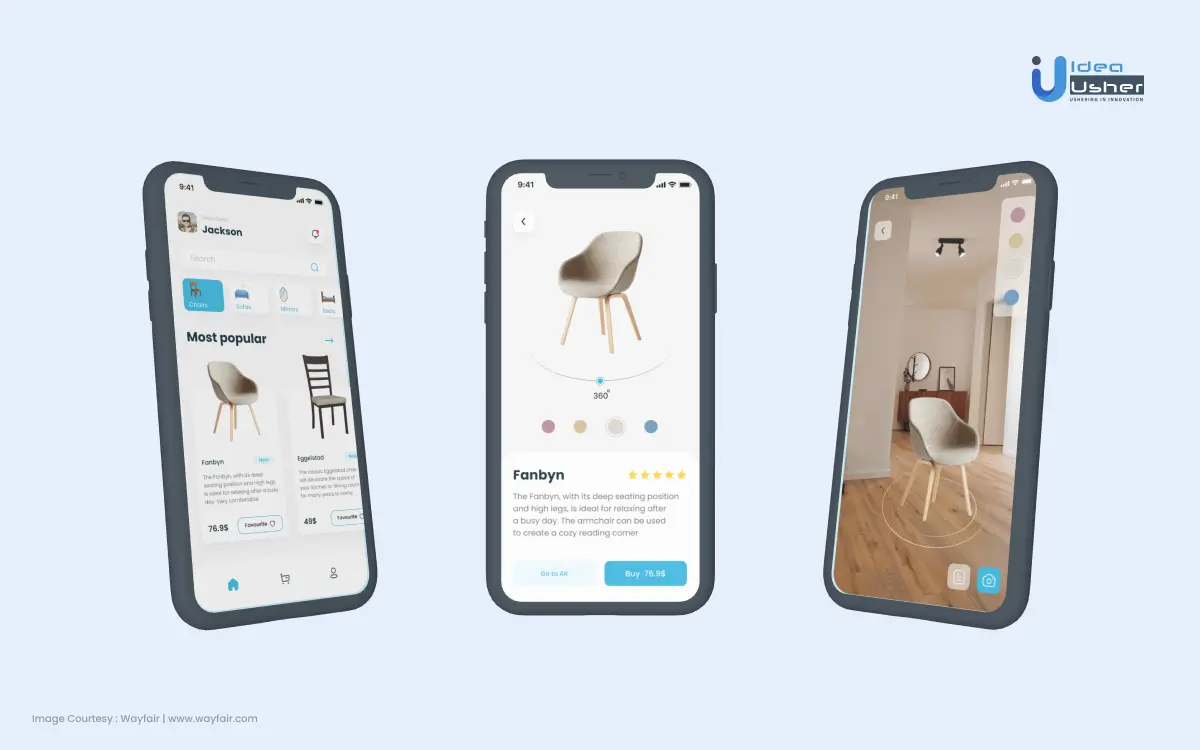
This showcases the potential of augmented reality to revolutionize the way customers interact with complex products, fostering deeper connections and elevating their online shopping experience.
Integrating AR with 3D product views opens up exciting possibilities for the future of online shopping. For example, Visao’s platform allows users to create 3D models and seamlessly integrate augmented reality features directly into their product views.
This convergence of 3D and AR technology creates a dynamic shopping experience where customers can visualize products in real time in their own surroundings, bridging the gap between virtual and real-world shopping.
Ready to add 3D to your ecommerce store?
In conclusion, 360-degree product views are a game-changer in online shopping, providing an immersive experience for customers to explore complex products from all angles. From basic rotating images to fully interactive 360-degree 3D models, each type offers unique benefits that drive conversions and foster brand loyalty.
To stay ahead of competitors in the competitive e-commerce landscape, businesses must embrace and benefit from this trend.
Incorporating 360-degree product views can elevate customer engagement, reduce returns, and offer consumers a truly captivating shopping experience.
So, seize the opportunity and join the immersive revolution of 360-degree product views. Embrace and develop this transformative technology and watch your online store flourish in the dynamic world of e-commerce.
